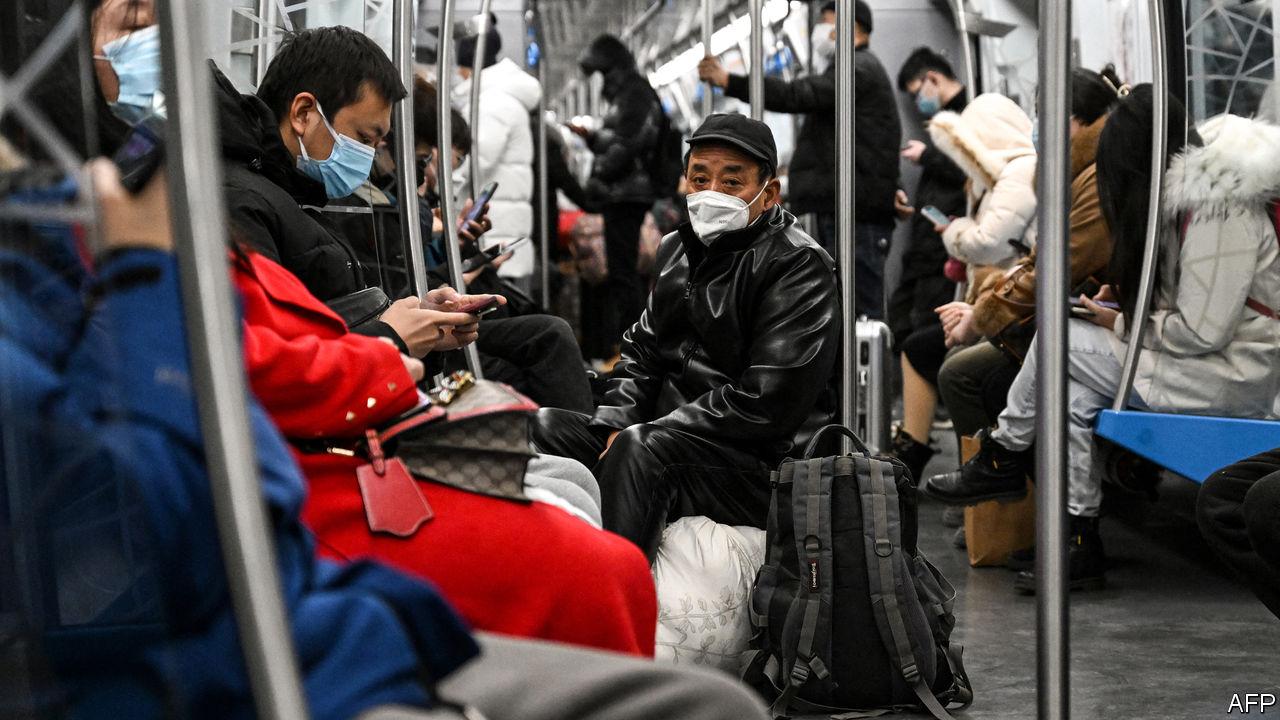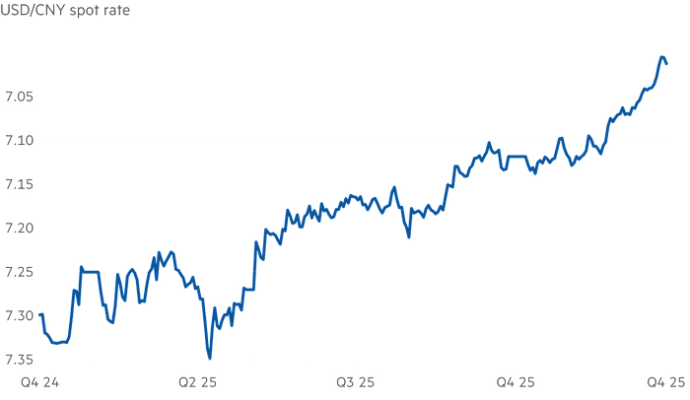
NO ONE OUTSIDE China knows how many people in the country have contracted covid-19 or died from it in recent weeks. The Chinese government, which recently abandoned the “zero-covid” strategy of strict lockdowns and isolation requirements that it had maintained since the start of the pandemic, is probably modelling the outbreak, but not sharing its estimates. Since December 1st it has reported an official death toll from the disease of just nine people. On December 25th the National Health Commission announced that it would stop publishing daily case counts (though the Chinese Centre for Disease Control and Prevention will continue to publish some information about the outbreak). Morgues and crematoriums are reportedly struggling to keep up with a surge in corpses. Some reports have put the number of infections this month in the hundreds of millions (out of a population of 1.4bn).
Given such uncertainty, external observers seeking to estimate the magnitude of the current outbreak in China must rely on rough proxy measures. One such source of data is internet search engines, which people can use to look up disease symptoms and treatments. Although people frequently search for information about stories occurring outside their countries’ borders, specific terms indicating that someone may be directly affected can prove surprisingly informative about local conditions.
For example, in America, an outstanding predictor of case counts early in the pandemic was Google searches for the loss of taste or smell. Once covid tests became widely available in America, day-to-day changes in the number of such searches moved nearly in lockstep with changes in the reported case count eight or nine days later. The steepest spike of all in search interest for anosmia occurred in March 2020, a period when the disease first struck America but tests were few and far between.
These exact search terms have lost much of their relevance. Because the various descendants of the Omicron variant of SARS-CoV-2, which are now the dominant strains, affect taste and smell much less than earlier versions of the virus did, the correlation between online interest in anosmia and official covid case counts has weakened. However, researchers can still use this method with other words, though the results will probably be less precise.
Since covid first emerged in China in late 2019, the government has probably undercounted the human toll. It reported 4,684 deaths attributable to the disease between January 20th and April 20th 2020, and has logged just 558 since then. Although this figure is most likely to be too low, the magnitude of the underestimation is shrouded in uncertainty. The official statistics do not provide any way to determine if China is truly experiencing an outbreak of unprecedented scale.
However, data from Baidu, China’s leading search engine, strongly suggest that the country’s current covid surge dwarfs any previous uptick. In mid-December the maximum daily frequencies of searches for “antigen”, a term typically included in searches for rapid covid tests, and “antipyretic”, the family of fever-reducing drugs that includes aspirin, ibuprofen and paracetamol, were 60 and 37 times the average levels in September and October, and 14 and 13 times their previous record highs.
Such interest might result at least in part from people who do not currently have covid but want to stock up on tests and medicines. However, Baidu also recorded remarkably steep increases in interest in “fever” and “blood oxygen”, which increased by factors of 32 and 19 relative to the average during September and October, and eight relative to the prior record. Another term that showed rapid growth was “lianhua qingwen”, a mix of herbs that is often used in traditional Chinese medicine to treat influenza. Searches for it rose 40-fold when compared with the September-October average, and five times when contrasted with the maximum during the first wave of the pandemic in early 2020. In contrast, “virus” and “covid”—terms that people who are interested in the news but not currently infected might be more likely to search for—showed smaller increases relative to their previous highs.
Interest in some of these terms has fallen in recent days. On December 26th searches for “antipyretic”, “antigen”, “fever” and “lianhua qingwen” were at 26%, 31%, 32% and 39% of their maximums on December 14th to 17th. However, other words, such as “blood oxygen” and simple “covid”, hit record highs on these days.
It seems unlikely that cases have peaked in China. Even if they have, it might represent merely a temporary respite: most other countries have suffered through numerous waves of covid, with falsely reassuring lulls in between. Moreover, any decline in infections might be attributable not to successful control of the outbreak, but rather to “depletion of susceptibles”—in other words, the current strain of the virus running out of new people to infect, because it has already spread to so many.
Well into December, Baidu searches for “funeral services” remained within their pre-outbreak range. However, it generally takes two or three weeks following the onset of symptoms for covid to claim its victims. And during the past week, searches for this term have quadrupled, reaching a high 64% greater than the previous maximum. At this rate of increase, the final week of 2022 could prove to be China’s deadliest yet. ■
The Economist


